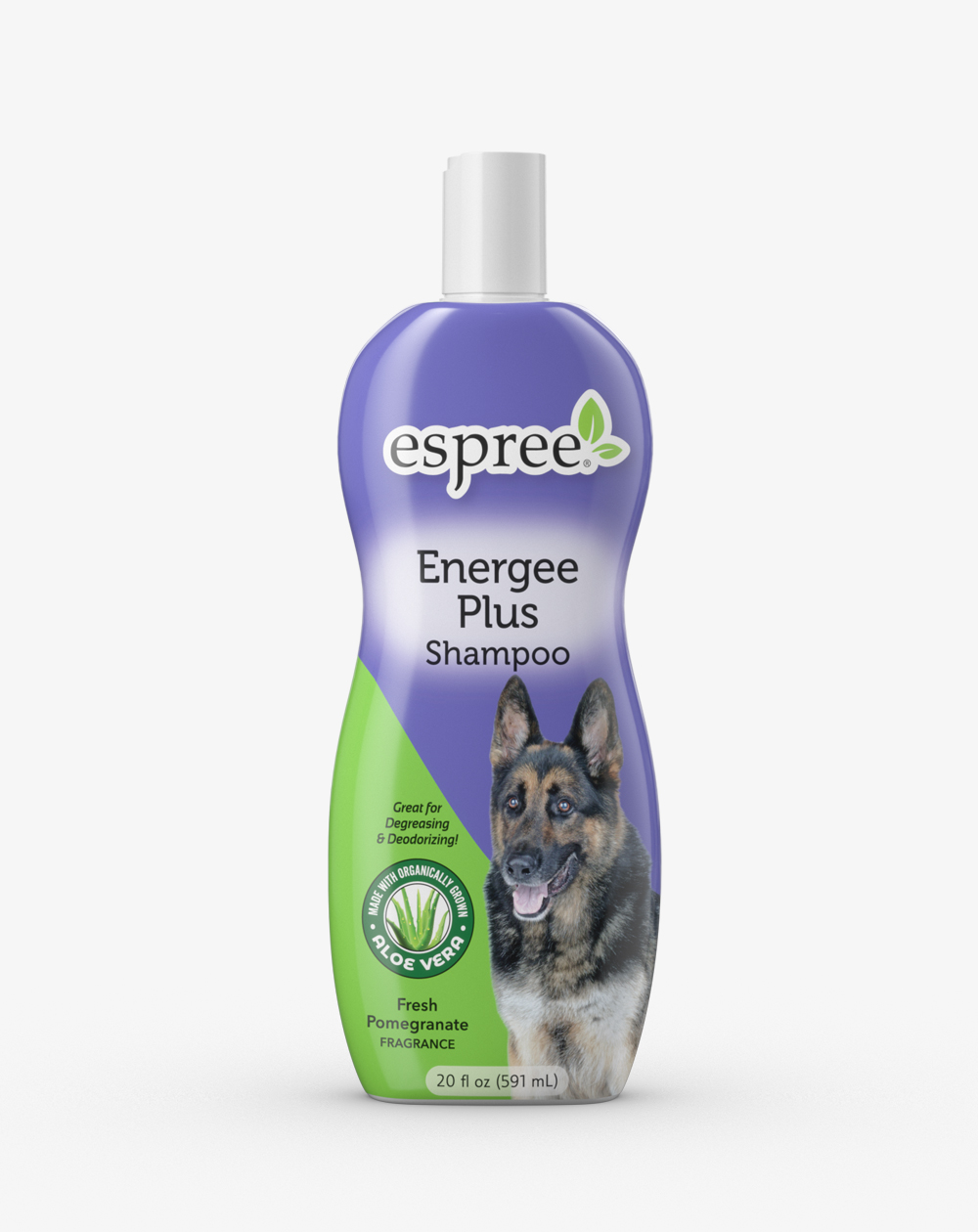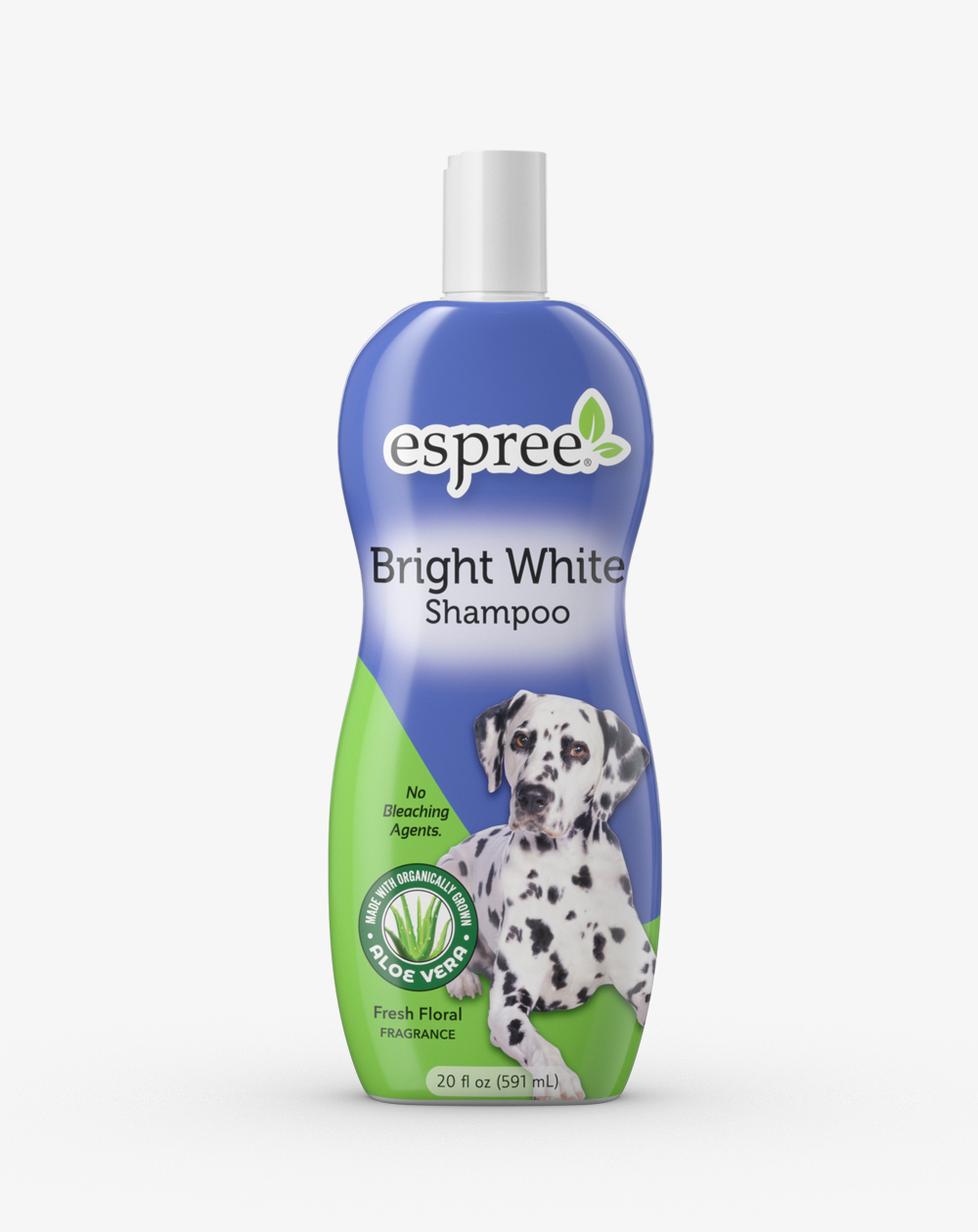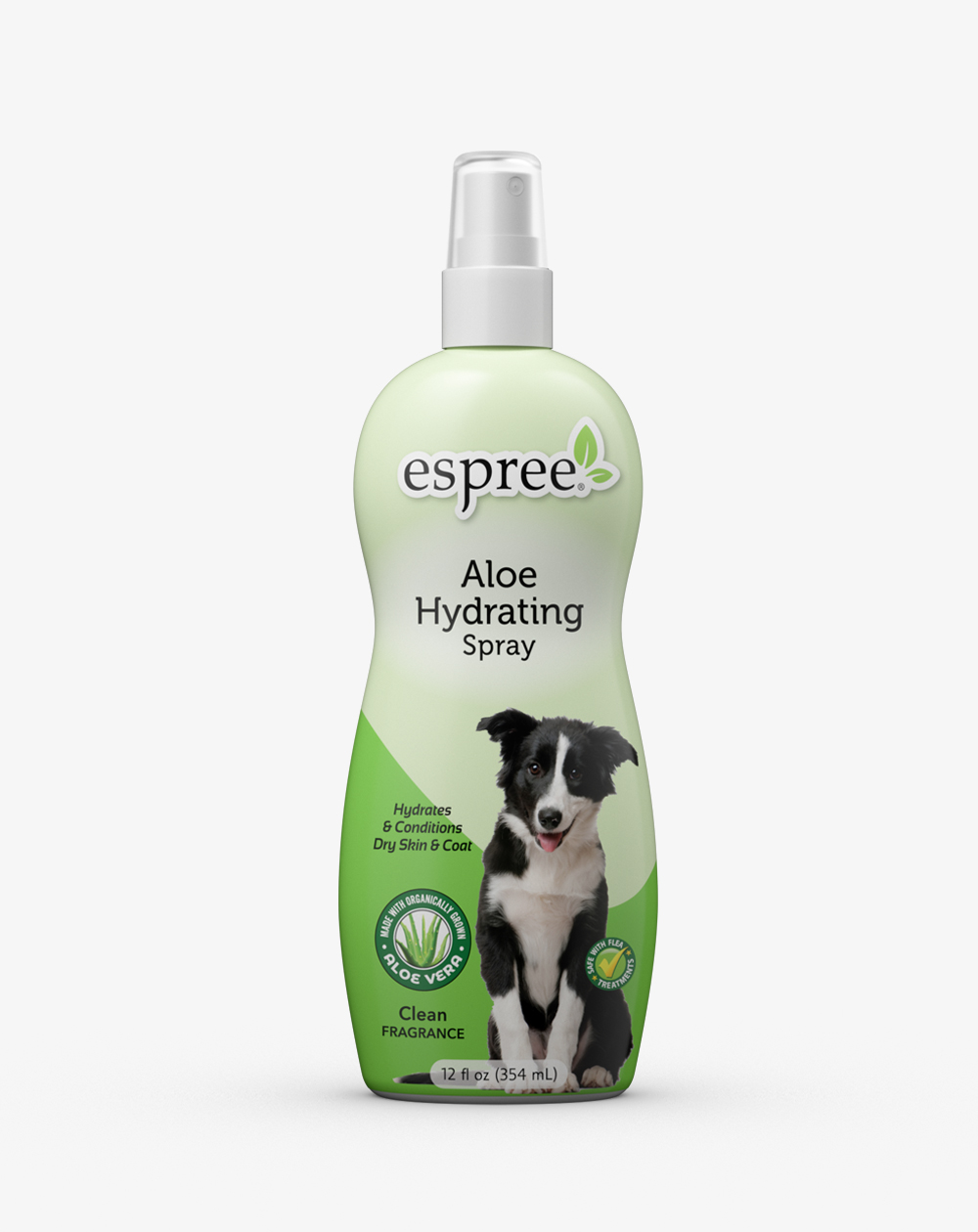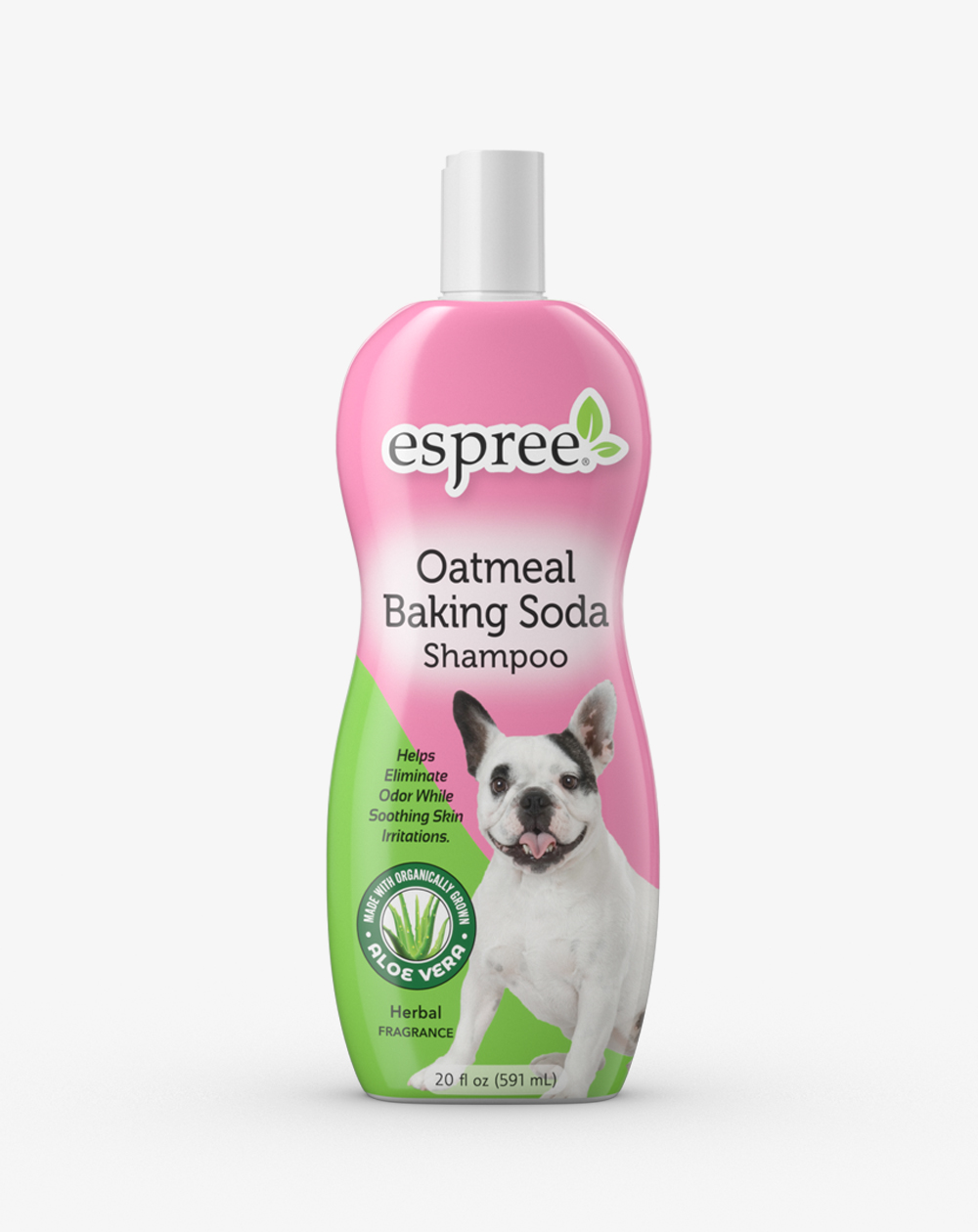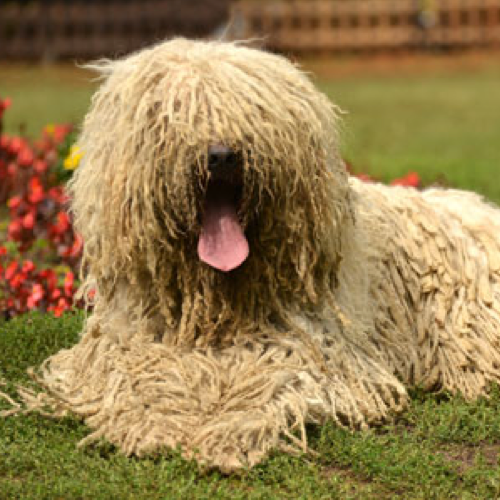
Komondor
A large, muscular breed, the Komondor is mostly known for its unusually dense, protective coat of heavy white cords (which make him look like a giant mop!) that form as the breed matures in age. The coat serves to cover vulnerable body parts in case of attack, helps him blend in with his flock and protects him from weather extremes. While he has been a working dog in Hungary for ten centuries, he is also found in the show and obedience rings in the United States.
Breed Profile
Known for its dignity, strength, and courage, the Komondor is generally reserved and serious with strangers but demonstrative with those he loves. Owners should be willing to provide daily exercise and obedience training. Early socialization for puppies is critical, especially to any unusual situations the dog will encounter later in life. This is important in reducing the number of situations that might trigger an unexpected protective response.
Grooming
This type of coat requires a good bit of attention. Very often, the cords will start to form on their own, with very little assistance. Before bathing, gently pull the strands away from each other to keep as a separate strand. Mist the cords with water or a light hydrating spray to help the cords separate. Once the cords have been separated, it is time to bathe the Komondor. The goal is to get the dog clean and completely dry. When shampooing, squeeze the shampoo through each cord. Be careful not to scrub in a circular motion. Then rinse, rinse, rinse. This coat can take anywhere between 12-24 hours to completely dry.
Finishing the Dog: Tools and Finish Grooming
Once the dog has completely dried, it is time to focus on the cords. Gently separate the cords by pulling them apart down to the skin. The base of each cord should be anywhere between ?” to 1 ? “in diameter. The cords get broader and flatter toward the ends. Over time, you will learn the areas of greater density and they will need to be worked more frequently.
General Healthcare
Prep work is the foundation of all grooming. Prep work includes ear cleaning, nail trimming, anal glands, and proper dental hygiene. Mastering these skills sets the professional pet stylist apart from the rest. Prep work should be done before every bathing and grooming appointment. All dogs need to have their ears checked and cleaned on a regular basis. Proper nail care is also very important. Long, unsightly nails are uncomfortable for the dog, as well as anyone they might jump on. Long nails also compromise the shape of the foot. Trimming the pads of the foot helps give the dog good traction on different surfaces and can minimize the amount of dirt the dog tracks into the house. It also affords the opportunity to treat and condition the paws from cracks and abrasions. Anal glands should also be checked and expressed if they are full. Some caring pet owners prefer to have the anal glands done by their veterinarian. Good dental hygiene is essential for a healthy pet as well.
Nutritional Care
In order to maintain healthy skin and coat as well as overall health, it is important to provide good nutrition to your dog through a well-balanced diet, vitamins, and healthy treats.
Do they require a lot of grooming?
This is a coat that requires a fair amount of attention. Once the cords have been formed, you can maintain them with your fingers. It is the initial cording phase that is time-consuming.
What are the common health problems in the Komondor?
Komondors do not suffer many hereditary problems. Perhaps it is because the breed descended from centuries of hardy working stock.
Do they shed or cause allergies?
Adult dogs may occasionally lose an entire cord, but typically they do not shed in the usual sense of the word. Therefore, they are a very good breed for those who have allergies to dog hair and dander.
Are they good with children?
The Komondor is very patient with his own family’s children but can be overprotective when the neighborhood kids join in.
What if I have a show dog?
Whether you have a show dog or a companion dog, the same basic care is given regarding nutrition, socialization, and hygiene. The difference is the conditioning of the dog and conformation training. It is always quite helpful if your breeder can help mentor you to lead you in the right direction upon entering the wonderful world of dog shows. A great place to start is the Komondor Club of America, www.komondorclubofamerica.org.

